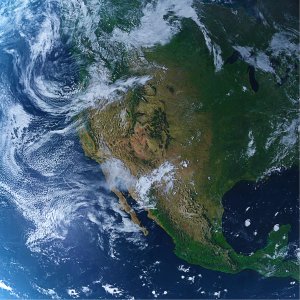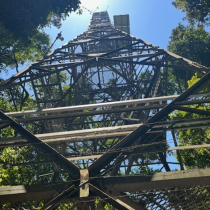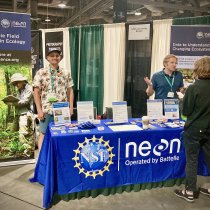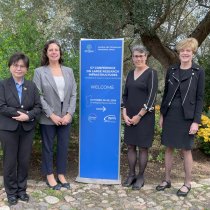How can we better predict life in the Earth system? Linking the geosciences and ecology
May 2, 2019
A recent NSF-sponsored joint NCAR and NEON workshop, Predicting life in the Earth system – linking the geosciences and ecology brought together members of the atmospheric science and ecological communities to discuss how to advance the capability of Earth system prediction to include terrestrial ecosystems and biological resources. 52 attendees (~ 20 NCAR and NEON and 32 from the university community) participated.
The workshop’s overarching theme focused on convergent research between the geosciences and ecology for ecological forecasting and prediction at sub-seasonal to seasonal, seasonal to decadal, and centennial timescales. Specific goals were to:
- bring together atmospheric scientists and ecologists to leverage the expertise, facilitate further engagement, and promote synergies among those research communities to observe, monitor, and model ecosystems and atmosphere-ecosystem interactions in a changing planet;
- highlight progress and accomplishments in ecological forecasting and prediction and to identify observational, infrastructure (both data services and community models), and computational challenges that limit current capabilities; and
- identify new initiatives, collaborations, and science questions.
The workshop identified some tangible synergies and paths forward. The two most prominent ideas which were identified across the participants were the incorporation of NEON data into the NCAR Community Land Model (CLM) and the subsequent modelling of NEON core sites. Workshop participants further identified the potential for one or more NEON sites to serve as 'Super Sites' in the future. Super sites would serve as collaborative research hotspots where NEON, NCAR, and community resources could be leveraged to improve the CLM and its predictive capacity.
A second follow-up workshop will occur in ~ April 2020 with the lead-up time serving as a working period for the ingest of NEON data into the NCAR CLM, defining the characteristics and specific objectives of a potential 'Super Site" and the preparation of manuscripts related to the workshop perspectives.



